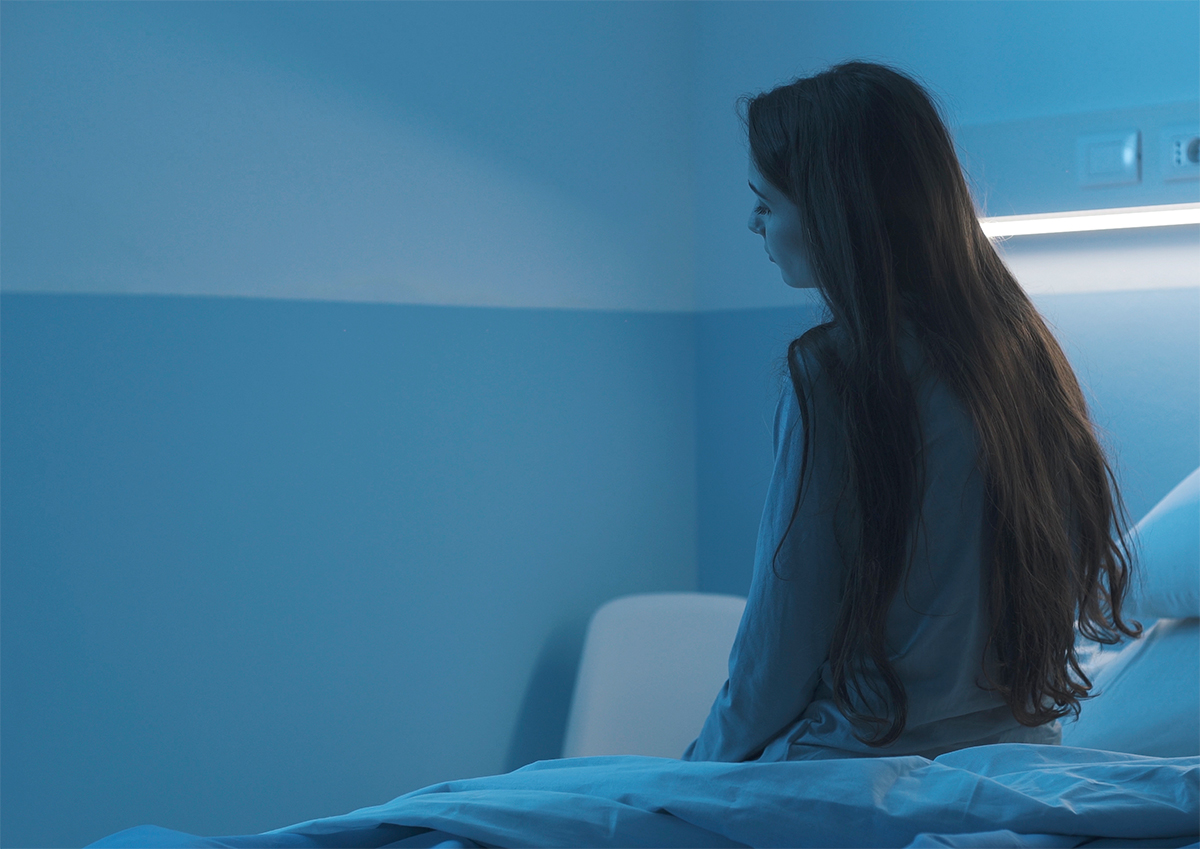Behavioral health lighting pays special care and attention to the prevention of self-inflicted harm or harm to the caregivers or other patients. Behavioral health is the scientific study of how emotions, behaviors and biology affect physical and mental health. Behavioral health disorders involve a pattern of ongoing uncooperative, hostile, aggressive, or disruptive behaviors that include violence, self-mutilation, and criminal activities like destroying property. Behavioral healthcare facilities are designed to address the therapeutic and safety needs of patients and staff, to meet the applicable codes and regulations, and to appear comfortable, attractive, relaxing and as residential in character as possible. The mindset needed for designing light fixtures installed in these facilities means thinking of products as potential tools for self-harm or as potential weapons that could harm others. Mitigating risk in the built environment boils down to removing ligature points, making the fixtures tamper-resistant, and providing durable and impact-resistant products.
Most behavioral healthcare facilities have areas graded in terms of security levels which dictate the luminaire construction requirements relative to the housing, lenses, mounting hardware and fasteners. Level I areas are places where patients are not allowed or under constant supervision and require no special requirements for light fixtures in these spaces. Level II areas include corridors, counseling rooms, activity and interview rooms, and any space that requires patients to highly supervised. Level III areas require minimal supervision of patients (e.g., lounge or day room). Light fixtures in level II and III areas should preferably be tamper-resistant if they are easily accessible to patients. Level IV areas include patient rooms, patient toilet rooms and spaces where patients spend a great deal of time alone with minimal or no supervision. Level IV areas include seclusion, examination and admission rooms as well as places where patients may be in a highly agitated state or where staff interact with newly admitted patients. Level IV and V areas require special consideration for patient safety and all light fixtures should be security-type fixtures. The use of table lamps and floor lamps are strongly discouraged.
Behavioral health lighting products should be designed to promote safety and security of patients while reducing the institutional character. All ligature points where a cord or cable can be looped or tied to result in self-harm or loss of life should be eliminated by design. Careful attention to fixture installation techniques is needed to mitigate risk of providing opportunities for tampering. Impact resistance and durability of the light fixtures are important considerations for the safety, longevity and look of an environment. No glass components should be exposed to patients in any light fixture. The polycarbonate lenses of ceiling lights should have a minimum ¼”-thickness and fixed in the frame with covers firmly secured with tamper-resistant screws. Sharp corners should be avoided. Dimmable luminaires are recommended for a flexible light output so that lighting can positively contribute to patients’ psychology and physiology.







Loading...